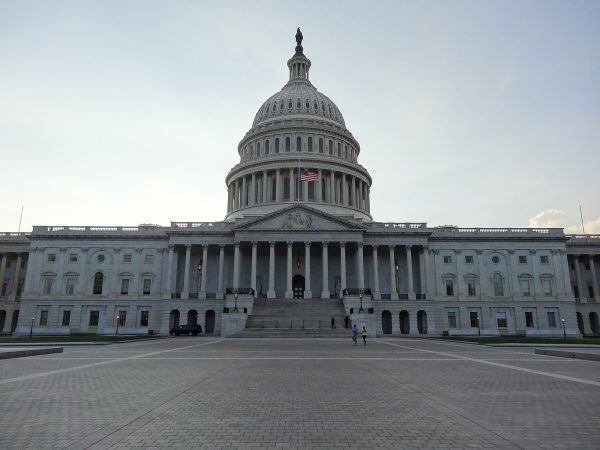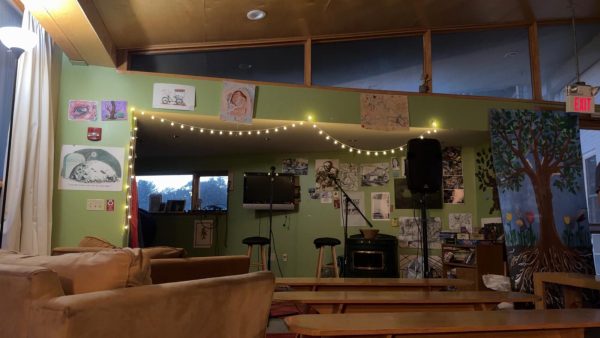College Lighting Change Prompts Concerns
Dickinson College has been replacing both indoor and outdoor lighting on campus with more environmentally-friendly light emitting diode (LED) lightbulbs. One professor has raised concerns has been raised over the impact these lights may have on the prevalence of light pollution within Carlisle.
Light pollution is the use of artificial light at night which leads to negative impacts for our environment, health, energy consumption and safety according to the International Dark Sky Association.
While Dickinson has been replacing some lights with cheaper and more sustainable LED lighting, Professor of Physics and Astronomy Robert Boyle explained that the color of the light, as well as the way in which it is position and built, can have equally as large impacts as the bulb itself.
Dickinson college has replaced fixtures in buildings such as Tome after faculty complained about the brightness of replacement lights. Boyle described that while LED lights may seem more environmentally friendly and cost effective, they can have impacts on our health. LED emits blue light which can cause hormonal stress and insomnia, Boyle stated. He emphasized that LED lights are not necessarily the best option economically or environmentally either. “I think you can have safe lighting…the International Dark Sky Association has lots of information on fixtures,” he said.
Environmental Science major Willow Huppert ’20 believes that LED lightbulbs are a great addition to lighting on campus. “I think it is really great because traditional incandescent bulbs use much more electricity,” she said.
Light pollution is not only an issue of environmental sustainability, however, as Boyle describes that human beings have an innate connection to the universe that should be respected. “Something that is part of human nature is being able to see the sky. It connects us to a sense of who we are in relation to the cosmos. By depriving people of their connectedness to the universe you are changing how they see themselves,” he said.
Boyle was particularly concerned about the impact light pollution has on students’ abilities to view the night sky, so he conducted research roughly five years ago to see how much Carlisle impacts sky brightness. Three years ago, follow-up research was done to check the progress of sky brightness and the results were shocking: small communities such as Carlisle, Gettysburg, and Lancaster were significant sources of sky brightness.
In order to understand the severity of the sky severity of sky brightness in Central Pennsylvania versus other parts of the state, Boyle referenced Cherry Springs State Park, located in Coudersport, Pa. Cherry Springs is known internationally as one of the best dark sky locations to view the Milky Way, planets, and astronomical objects. As of three years ago, areas such as Carlisle were between 120 and 160 times brighter than areas like Cherry Springs.
While Dickinson College is part of the Carlisle community, Boyle emphasized that Dickinson was not the sole contributor to increased light pollution in the area or the state itself. Pennsylvania has light pollution ordinances meant to diminish the impact of light pollution and decrease sky brightness. These ordinances are completely disregarded throughout most of the state.
“It may be easy to see yourself as king of the universe when you can’t see the rest of the universe,” said Boyle.




